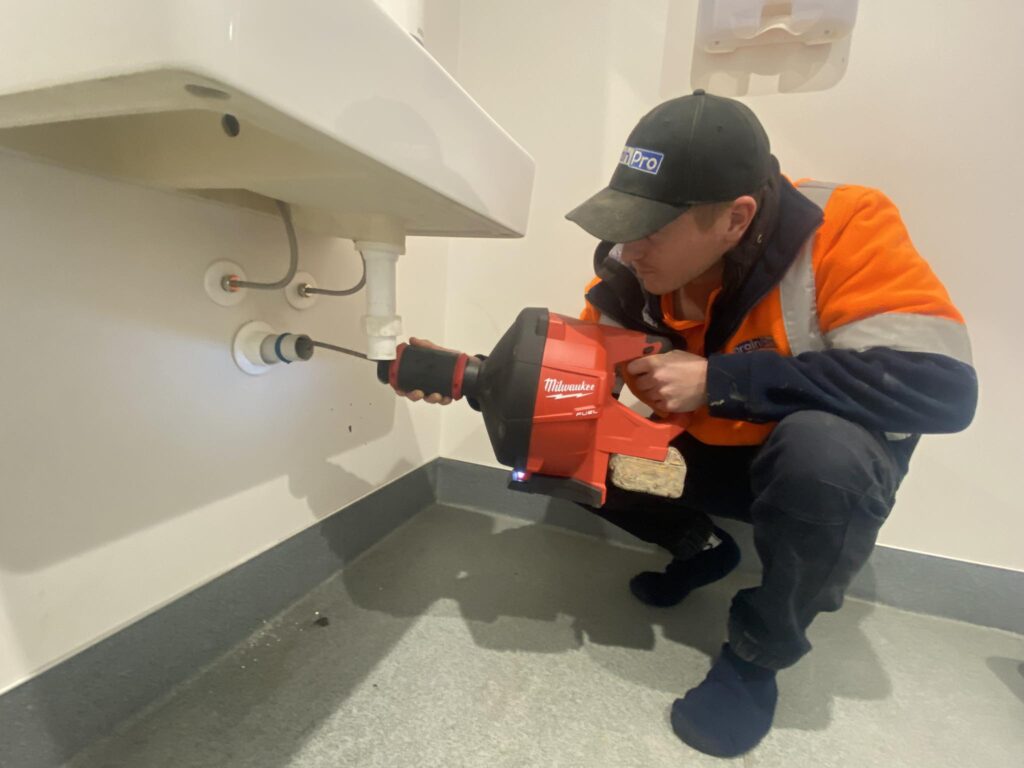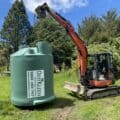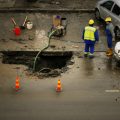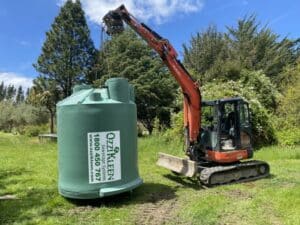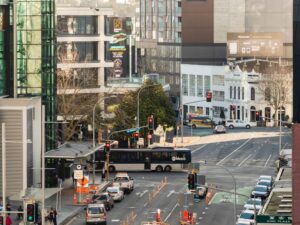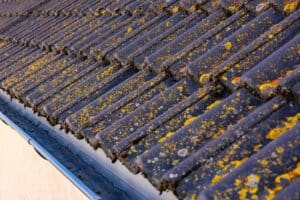Renovating your home is an exciting undertaking, but it also involves critical planning, especially when it comes to your drainage system. Choosing the right drainlayer in Auckland is essential to ensuring your renovation complies with building codes, functions effectively, and doesn’t cause costly issues down the line.
With the city’s mix of old infrastructure, clay soils, and evolving council regulations, hiring the right professional can make or break your project.
Understanding the Role of a Drainlayer in Renovation Projects
What Drainlayers Do in Residential Renovations
Drainlayers are responsible for installing, repairing, and maintaining the pipework that handles stormwater and wastewater. In renovations, especially those involving kitchens, bathrooms, or extensions, drainlayers ensure that all plumbing works are properly connected to existing systems and meet compliance standards. They coordinate with other trades like plumbers and builders to ensure the entire project runs smoothly.
Importance of Professional Drainlaying in Auckland’s Urban Environment
Auckland’s dense urban landscape and variable soil conditions pose unique challenges for drainage. From sloped sections in the suburbs to older systems in the central city, drainlayers must adapt solutions to suit site-specific needs. Poorly executed drainlaying can lead to flooding, blockages, or even structural damage, issues that are costly and disruptive to fix after the fact.
Key Factors to Consider When Selecting a Drainlayer
Licensing and Certifications Required in New Zealand
In New Zealand, all drainlayers must be licensed by the Plumbers, Gasfitters and Drainlayers Board (PGDB). A licensed drainlayer has undergone extensive training and passed practical assessments, ensuring they can legally and safely carry out work on your property. Always check the PGDB public register to confirm a contractor’s credentials.
Experience with Auckland-Specific Renovation Requirements
Not all drainlayers are created equal—some may specialise in new builds or large-scale infrastructure rather than renovations. Look for someone who has specific experience in residential renovation work within Auckland. This ensures they’re familiar with how to integrate new systems with existing ones and can anticipate typical issues that arise in older homes.
Familiarity with Council Consents and Compliance Processes
Drainage work in Auckland often requires building consent, especially if it involves alterations to public sewer or stormwater systems. An experienced local drainlayer will be familiar with Auckland Council’s consenting process and can help you navigate the paperwork and inspections required to stay compliant.
Evaluating Drainlaying Quotes and Scope of Work
What a Comprehensive Drainlaying Quote Should Include
A professional quote should outline all labour, materials, equipment hire, consent application fees (if applicable), and an estimated timeline. It should also specify what work is included, such as trenching, pipe installation, backfilling, and site clean-up, so you can compare like-for-like across different providers.
Avoiding Hidden Costs and Budget Blowouts
Be wary of vague or overly brief quotes. These often exclude critical elements that may lead to cost overruns once the project begins. Ask for a fixed-price contract or a detailed estimate with itemised pricing to avoid surprises.
Checking Reviews, References, and Reputation
Where to Find Reliable Feedback on Auckland Drainlayers
Start by checking online platforms like Google Reviews, NoCowboys, or Builderscrack. These sites offer insights from other homeowners who’ve used the same services. You can also ask for recommendations from your builder or architect.
Questions to Ask Previous Clients or Builders
Don’t hesitate to request references. When speaking with previous clients, ask about the drainlayer’s punctuality, communication, quality of workmanship, and how they handled unforeseen issues. Positive feedback in these areas is a good sign of professionalism.
Benefits of Hiring a Local Auckland Drainlayer
Knowledge of Subsoil and Terrain Challenges
A local drainlayer understands Auckland’s varied terrain—from clay-rich soils in the west to volcanic rock in the central suburbs. This knowledge helps them plan drainage that avoids common problems like root intrusion or poor stormwater runoff.
Faster Response Times and Local Accountability
Local contractors are generally more responsive and easier to reach if any issues arise after the job is done. Their proximity also means they’re more likely to be familiar with nearby council officers and local regulations, helping to avoid project delays.
Red Flags to Watch Out For
Unlicensed Operators and Cash-Only Deals
Always avoid drainlayers who can’t produce a valid license or who offer suspiciously cheap, cash-only deals. These contractors may not follow regulations, potentially leaving you liable for non-compliant work that must be redone.
Poor Communication or Vague Proposals
Communication is key in any renovation. If a drainlayer is slow to respond, fails to explain technical terms clearly, or doesn’t provide detailed documentation, it could signal disorganisation or lack of transparency.
Getting the Right Fit for Your Renovation
Choosing the right drainlayer in Auckland for your renovation is not just about price, it’s about experience, compliance, and peace of mind. By prioritising licensed professionals with local knowledge and a solid track record, you can ensure your drainage is one less thing to worry about in your project. Take your time, do the research, and invest in a contractor who adds long-term value to your home.

